I was onto the rush of mirrorless cameras pretty early – mostly from manufacturers sharing with me what was “coming soon”, but I admit that I didn’t really “get” it, until I started receiving early versions, prototypes and demos from the marketing folks at all your fav manufactures. Only then did I truly understand the punch that these little cameras pack – because they’re good. I loved the concept, but hated the tiny sensors and the poor performance. Well, those days are gone, and now these cameras are really good. I’ve highlighted mirrorless a bunch in the past, but those were just my initial impressions… In this post, I tapped my tech homie Sohail to sound off on a proper camera review for the Fuji X100s. He’s tackled the Nikon D7100 in a past review that received high marks from this community, so we’re gonna keep it rolling. The dominant view is that this camera is pretty hot. So hot in fact it’s a wonder Fuji kept the name X100 name because it’s so amped up from it’s predecessors. You’ll find a better autofocus, improved manual focus, and a number of other upgrades that suggest Fuji is intent on keeping the pace. But alas, I’ll let Sohail take it from here.
Thanks, Chase.
The Fuji X100s has been my main carry-around camera for almost a month now, during which time I’ve used it for a number of shoots, ranging from a test with studio lights to simply pointing it out of my car window and hitting the shutter release. Truth is, it’s brutally simple and highly effective.
During this time, I’ve had the opportunity to put this little thing through its paces, and I’ve come out quite impressed. Fuji has come a very, very long way from the days when it produced cheap point-and-shoot cameras from the consumer crowd. Chase’s pal, photographer and educator Zack Arias sees Fuji gunning for the Leica crown, although that may be a little far reaching. But certainly Fuji are giving them a run for their money at a fraction of the cost.
In the beginning
Fuji’s first attempt at a large-sensor compact was the X100, a camera that received glowing reviews that were punctuated by incessant complaints about the camera’s quirks. Slow autofocus, an almost unusable manual focus system, and other quirks made it a difficult camera to wield. Despite those quirks, it gained a die-hard following of photographers who loved the images coming out of it.
Fuji followed the X100 up with the X-Pro and X-E1, both of which shared some of the quirks of the X100, but have upgraded sensors that, to be perfectly honest, are flat-out amazing. Those sensors did away with the Optical Low-Pass Filter most digital cameras come with these days and they featured a new array of the pixels on the sensor that randomizes the location of the red, green, and blue pixels.
The result is that images are sharper since there’s no low-pass filter in front of the sensor, and moiré is minimized thanks to the random array. Fuji says this arrangement is inspired by the natural random arrangement of the fine grains of silver halide film which is a nice bit of marketing-speak. To their credit, whatever they’ve done to this sensor was definitely cool. When the X-Pro1 was released, it had the best low-light performance of any crop-sensor camera I’d ever seen. That camera had incredibly clean images at ISO 3200, and the noise present at that and at higher ISOs was gorgeous and film-like.
Fast-forward to today
When they came up with the X100s, Fuji basically took the sensor and graphics processor from the X-Pro1, vastly — by an order of magnitude, actually — improved the autofocus, added in a few key features to aid in manual focusing, changed a few other things and put out an update that is far, far more usable and powerful than its predecessor.
Where the X100 was a quirky camera that took a number of firmware updates to get to a point where it was reasonably reliable, the X100s was a well-oiled machine right out of the box. The difference between versions is surprisingly vast, and that’s to Fuji’s credit as well.
Appearance and Form Factor
Looked at from a distance, the X100s is almost indistinguishable from its predecessor. It has the same look and feel, right down to its dimpled faux leather wrapping.
Close up, there are a few things that set it apart, and one of those things is a long-requested feature: The “Q” button.
This button is a carryover from the X-Pro1, and pops up a quick menu screen where you can adjust a number of things, from ISO to Dynamic Range, to film emulation choice, and more. X100 users have been pretty envious of this feature, and speaking as one, I’m really glad to have it.
There are other small improvements, too. The button to activate the Auto Focus point selector mode has now been moved from the left of the LCD to the 4-way rocker/scroll wheel, making it easier to shoot one-handed with this camera. Also, the knob to set exposure compensation is a lot stiffer, and therefore harder to move accidentally.
Handling
The X100 takes a very manual/mechanical approach to shooting. Aperture, shutter speed, focus mode, viewfinder mode, and exposure compensation are all adjusted via hardware dials and switches. In this regard, the retro design draws heavily from film rangefinders of the past, and that’s a really, really good thing.
In my hands, the X100s (and this is true for the X100 as well) has the feel of a rangefinder. It’s solidly-built; no squeaks or creaks in the manufacturing are evident. The dials have been somewhat reinforced and are therefore (thankfully) stiffer than those on the X100, and the slightly changed layout of the buttons makes it easier to get to the some of the most important functions one-handed.
The X100s, like its predecessor, is also equipped with a threaded shutter release that takes an old plunger-style release cable. This is both good and bad — good, because those releases are ridiculously cheap, and bad because that precludes using the X100s for time-lapse photography (if anyone knows of electronic cable releases for the X100s, please sound off in the comments).
One slightly major quibble I have is about the location of the screw for tripod plates. Mounting a tripod plate on the X100s still partially blocks the battery and SD card slot door, which is a pain. I have to take the tripod plate off every time I need to dump the card, which is, to say the least, not ideal.
Performance
Autofocus
The one bit of performance information that everyone is looking for with this camera is this: How fast is the autofocus?
The thing that everyone who got the X100 complained about so darn much was the terrible autofocus performance of that camera. Sure, it took great pictures, but only if the autofocus worked. Which it didn’t more often than it did. And forget about achieving focus in dark areas; it would hunt and hunt for several seconds before it would just fail to lock on.
Worse was the fact that manual focus on the X100 was simply unusable. The flat, pancake nature of of the 23mm f/2 lens meant that the focusing right was pretty thin to begin with. Manually focusing that lens would involve spinning that ring through what seemed like an eternity of revolutions before you could get it in the ballpark of your subject.
Subsequent firmware updates improved focusing on the X100 a lot, to where it’s actually usable now. Manual focusing is still a pain, but at least the AF is far better than it was at launch.
So how good is the AF on the X100s? Much, much, much better than the X100’s AF. On par with most mirorless/Compact System Cameras out there, in fact. The only one that I’d confidently say is way better is the Olympus OM-D E-M5’s AF, which is just plain scary-fast.
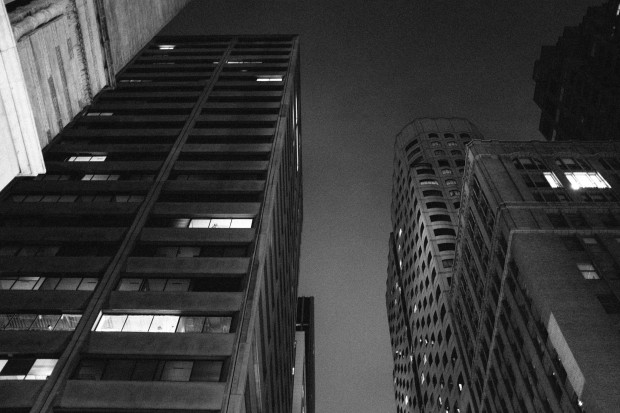
The X100s’ AF had no problems keeping up with dark situations. DNG processed with VSCO Film. © Sohail Mamdani
Even better is the fact that the X100s will achieve focus in some pretty dark conditions. I haven’t yet found a reasonable situation where it wouldn’t lock on at all, though sometimes it does take a second try in some really dark and low-contrast areas.
Manual focusing is a pleasure as well. The X100s includes two focus-assist modes for manual focusing, a “peaking” mode, which outlines areas in focus with a white highlight, as well as a digital “split image” mode, which is reminiscent of the old split-image focusing screens used in film SLRs.
I didn’t spend a lot of time doing manual focus with the X100s, as the AF was dead-on for me almost all the time. In the few minutes I spent in manual focus, I noticed two things: the focus ring has a much shorter throw (i.e., you don’t have to spin it as much) and the focus peaking highlights could be a bit stronger. Sometimes, they’re a hair too subtle.
Image Quality
The X-Trans sensor from the X-Pro1 is an awesome bit of technology, and in combination with the X100s’ gorgeous 23mm f/2 lens, produces some impressive shots with deep detail.
Flesh tones and colors are rendered beautifully, with no nasty color casts or any other such problems. The camera does have a tendency to over-expose images, so I normally shoot with the exposure compensation dialed in at about −1/3 to −2/3rd’s of a stop. This tends to still keep shadow detail while preventing highlights from blowing out.
The camera just kills it when it comes to high-ISO performance. Like the X-Pro1, this thing will give you more-than-usable shots at ISO 6400 (see below). Noise reduction for in-camera JPEGs can be a bit overdone, but the RAW files hold a surprising amount of detail at ISO 6400. I’m confident enough of the X100s’ capability in that regard that my camera is set to Auto ISO with an upper limit of 6400 all the time.
Dynamic range is also better than I expected. I was, in a crunch, able to push my exposure by as much as 3 stops to retrieve detail in shadows. There was some loss of detail as well as some luminance noise when I did that, but it was more than I had thought I’d get out of a compact camera.
Highlights retained detail and color pretty well too; I think there’s a latitude of about 3–4 stops in the highlights. In the image below, the sky totally blown out (as shown by the red clipping warning) till I did a global adjustment of about −2 stops to pull some blue out of it; at −4, the blue is a nice, deep color that I can bring back selectively with a brush later on.
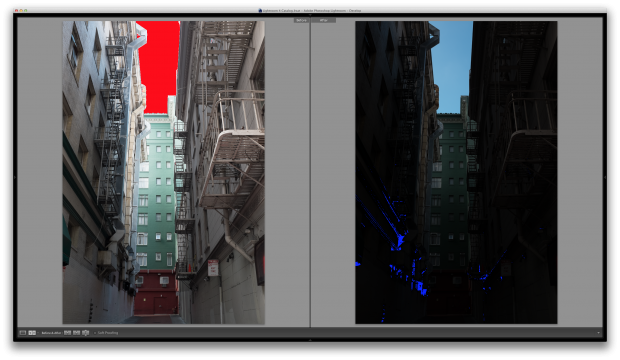
The X100s holds details in the highlights pretty well. Image on the right has a global exposure adjustment of -4 in Lightroom.
All said and done, there’s really nothing to complain about with this camera’s image quality. I don’t even feel like quibbling over its tendency towards overexposure, as most of that highlight detail is retrievable in post.
Conclusion
I’m off to Hawaii in June for a vacation, and the X100s is the only camera I’m taking with me. With all the gear at my disposal, this is the only thing I feel like I need. I will, no doubt, occasionally wish for a telephoto lens, or a super-wide, or some other bit of kit, but despite that, this is the camera I’m taking.
What the X100s excels at doing is helping me distill the process and experience of photography down to its barest essentials. For someone used to lugging three bags worth of gear to every other shoot, moving and shooting with the Fuji is like shedding several pounds of dead weight; it’s just you, the camera, and your subject. I won’t be shucking my DSLR and assortment of lenses, mind you, but I also won’t be carrying them around with me all the time.
The X100s is all the camera I need for everyday shooting.
PS from Chase: There’s a gallery of cityscape shots Sohail has taken with his X100s on his 500px page. Some are straight out-of-camera B&W others were treated with VSCO Film.
—
Gear provided by BorrowLenses.com – where still photographers and videographers can rent virtually everything.


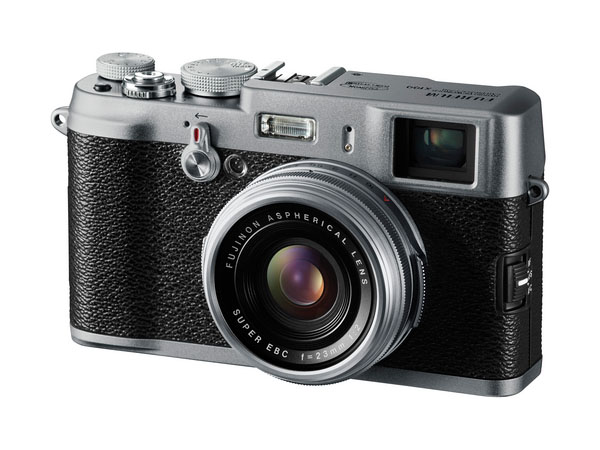
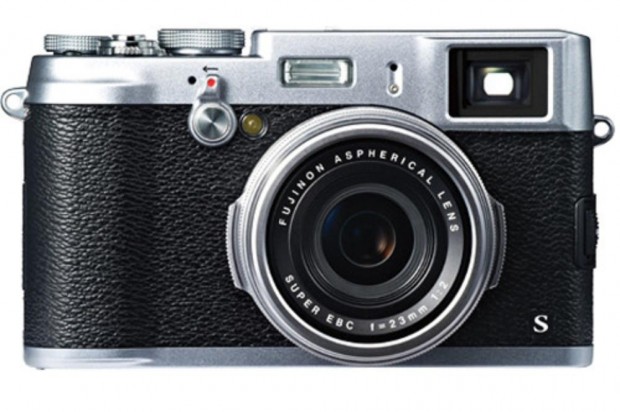
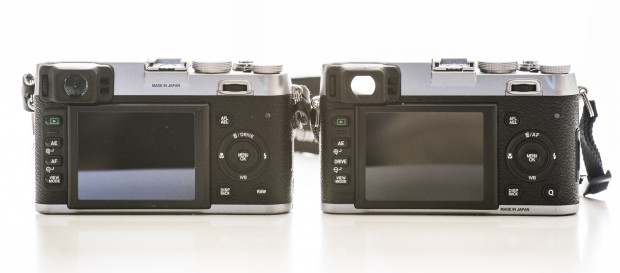
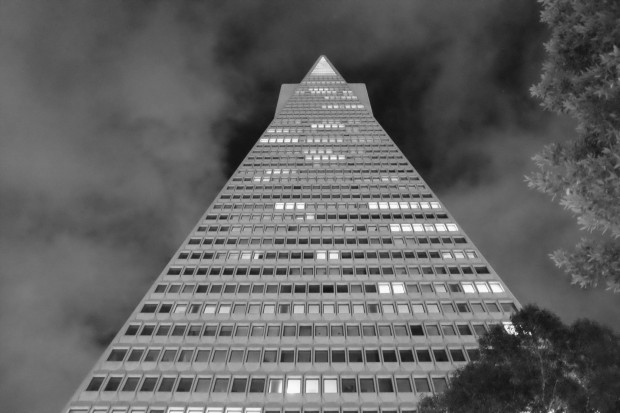














Nice review.
Very very thorough.
I, like lots of other bought an X100.
It had all the response of a Hockey Puck.
The issue was, of course, image quality which was mind-alteringly good.
Having said all that, I frequently equated the thing as dating the World’s most Beautiful Woman, who also had the World’s most incredible LISP.
I got so fed up with the interface even up to and including the final firmware updates, I just started leaving it at home and either taking nothing or packing my wee Canon S95.
Eventually I had to face facts in the cold, hard light of day, that no matter how brilliant the IQ was. the UI was a joke.
I put it up for sale last June with a full month of warranty left on it and took a complete and utter beating on the price.
I sold it with spare batter and two extra lens caps for $700 Dollars and paid about $1400 a mere 11 months earlier.
I will definitely buy another Fuji, just not right now.
I think the best of the best that they can produce hasn’t yet arrived, but at the rate they’re learning and making changes?
The World Beater is right around the corner.
I dream of an X-100 with a built in 24-105.
No sensor dust and what more could you need.
Yah Yah OK, but a boy can DREAM, can’t he?
*Sigh.